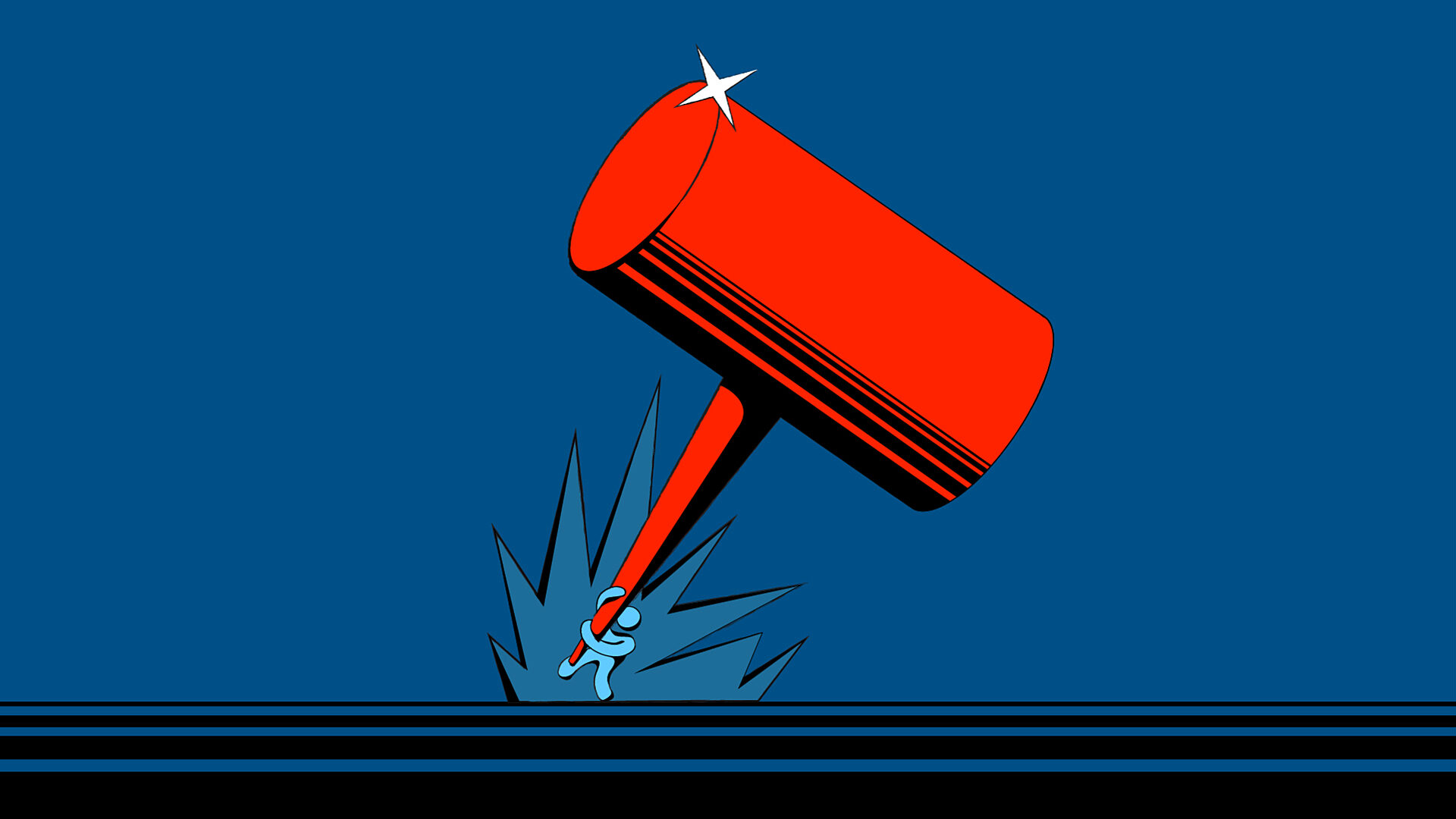
Bill C-59 and its impact on communications
Bill C-59, which aims to improve greenwashing regulations through amendments to the Competition Act, received royal assent on June 20, 2024.
The Canadian government has adopted new rules to regulate companies who make claims about products or sustainability efforts in their advertising, content, newswires, websites, etc.
Bill C-59 amends the Competition Act to strengthen greenwashing regulations.
The aim of the law is twofold: to protect consumers and support companies that are genuinely committed to improving their impact so they can turn it into a competitive advantage.
To increase transparency, any company claiming that its products or services are beneficial to the environment will be required to provide tangible evidence to support these claims. The Competition Bureau will be given the power to examine the accuracy of these claims and to impose sanctions on companies that fail to meet requirements.
This bill is a call for communications that consumers can trust and offers an opportunity for brands with a concrete commitment to sustainability to become leaders and raise the bar in their respective categories.
New disclosure standards
Bill C-59 requires companies to have sufficient and appropriate evidence to make an environmental claim. While it was previously the Competition Bureau’s responsibility to prove that companies’ statements were misleading, it is now the company’s responsibility to prove that their statements are not misleading.
For proof to be considered sufficient and appropriate:
Impact measurement must reflect the actual use of the product.
Example of a misleading claim: Advertising in Quebec claiming that a product saves a specific amount of energy, when the impact has only been measured in southern Ontario, where winters are milder.
Claims must be substantiated using a rigorous methodology that eliminates external variables and subjectivity.
Example of a misleading claim: Putting forward terms such as “green” or “sustainable” on your company’s website without having validated their veracity and accuracy.
Companies must have a reliable source for an assertion before it’s made public.
Example of a misleading claim: Making a statement to the market before being able to prove that the organization has reliable and credible evidence to back it up.
Companies must support the overall impression created by marketing messages.
Example of a misleading claim: Creating the impression that a product or service is environmentally friendly by using “green” imagery without any real basis for it.
A new responsibility for marketers
Marketing is a powerful driver for corporate transitions. As the bill comes into effect, marketers will have to implement more processes to ensure that ESG (environmental, social and governance) statements are properly validated, formulated, disseminated and updated on a regular basis. This is an important responsibility, which must be shared with senior management.
A more flexible complaint procedure
Bill C-59 makes it easier for anyone, including businesses, environmental groups and consumers, to file a greenwashing complaint with the Competition Tribunal. The burden of demonstrating to the Tribunal that a party was “directly and substantially” affected by a claim is now less onerous.
Increased fines for greenwashing
There will be tougher penalties for noncompliance, potentially up to millions of dollars.
LG2’s POV: To make progress, you have to keep communicating.
As legislation changes and things become more complicated, it can feel risky to make environmental declarations. Indeed, some companies tend to fall into greenhushing, meaning they avoid communicating sustainable development initiatives for fear of being singled out by consumers or activists – or penalized by the law – even when it’s legitimate for them to do so. But to make progress and raise standards, we need to continue to communicate and establish ourselves as leaders on the subject. Players who take responsibility for their impact will be in a better position than ever to defend their competitive advantage.

LG2 has put together a step-by-step guide to prepare for this new law:
Step 1: Take stock of current communications
A situational analysis and an anti-greenwashing marketing audit are a good first step. This involves questioning the environmental claims currently being made by the organization and looking for any deception, vague claims or over-representation of an initiative that doesn’t take up as much space in the company’s operations as might be implied.
Step 2: Identify strengths and areas for improvement along the value chain
Another key exercise is to identify strengths and weaknesses along the value chain in order to determine areas for improvement, the legitimacy of certain statements and the strengths of operations that are worth communicating and that shouldn’t remain in the shadows. The same procedure should be applied when selecting suppliers for the value chain.
Step 3: Establish a sustainability measurement plan for your products and services
To avoid being passive and “hiding” environmentally beneficial aspects of your business for fear of being accused of greenwashing, the key is to always rely on verified, verifiable and truthful facts. To do this, it’s important to establish a clear research methodology, defining the measurement frequency and tools needed to ensure the validity of the facts over time.
Step 4: Set selection criteria for marketing tools and tactics
It’s important to measure and minimize the carbon impact of a brand’s marketing tactics, from its website and advertising campaigns to its media tactics, sponsorships and e-commerce platforms. This allows organizations to make choices that respect their environmental commitments and values.
Step 5: Plan responsible communications
To ensure that you can communicate the right information at the right time, it’s essential to draw up an annual communications plan that includes environmental statements and the workstreams that result from them.
Step 6: Monitor the market and industry for sustainability best practices and regulations
What’s true today may not be true tomorrow. So it’s important to continuously monitor sustainability best practices and regulations, which are likely to change over time.
In summary, Bill C-59 reinforces the importance of honest and transparent communication when it comes to the environment. Consumers’ expectations are increasingly high, and they’re showing a growing interest in learning more about companies’ environmental practices.
It’s therefore more important than ever for companies and brands to become progressive leaders when it comes to sustainability transitions, and to continue to communicate responsibly to raise the bar and enhance the reputation of brands committed to the environment. Without a doubt, marketing is becoming an increasingly powerful lever and accelerator of sustainable change. We look forward to discussing sustainability communication with you.


